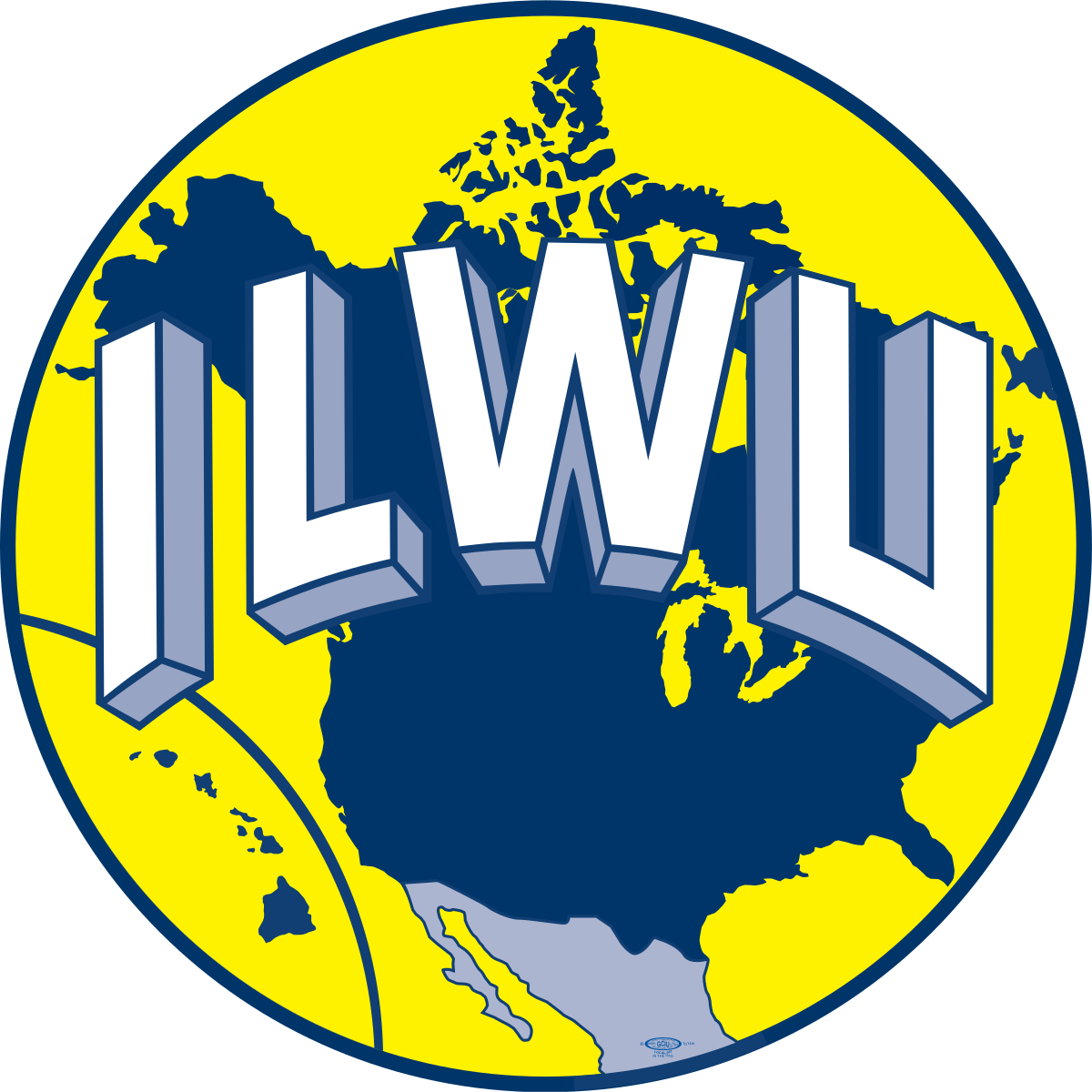By the time you read this, the current labor contract between the Pacific Maritime Association—the organization representing dozens of maritime companies—and the International Longshore and Warehouse Union—which represents dockworkers will be about to expire.
Or if this issue of the magazine found its way into your hands after June 30, then the agreement has already expired.
The good news is that ILWU, which represents more than 25,000 dockworkers at 29 West Coast ports, and the PMA, which represents about 70 companies that the laborers work for, began contract negotiations on May 10.
The bad news however, is that if past negotiation cycles can be used to indicate how long it might take to hammer out a contract, it might be several weeks, or even months, past the current agreement’s expiration before the parameters of a new pact are agreed upon.
According to various media reports, among the potential sticking points during talks are wages and benefits, as well as the introduction of more automation to marine terminals.
Nearly 100 ILWU delegates met in February in Long Beach, California for its internal caucus. During that time, they discussed and prioritized what to negotiate in a new contract. According to the ILWU, resolutions discussed for the upcoming contract centered around safety, wages, benefits, jurisdiction and technology.
The union has also previously stated its intent to address compensation for its members, many of whom have labored under hazardous conditions throughout the pandemic while at the same time dealing with ever-increasing container throughput.
Meanwhile, the PMA is looking to increase the usage of machinery that its members believe can speed up cargo processing and help cut down on the cargo backlog that has developed at some ports, particularly those in Los Angeles and Long Beach, which were recently labeled the two least efficient ports in the world in the global Container Port Performance Index (CPPI), developed by the World Bank and S&P Global Market Intelligence.
“There’s always a fight over what happens with technology and automation, and obviously, if we want to look at how we improve our supply chain, build more resiliency into it, having better visibility … technology/automation is a big part of that,” Jonathan Gold, vice president of supply chain and customs policy for the National Retail Federation said about negotiations during a panel discussion on March 1 at the annual TPM (Trans-Pacific Maritime) conference.
“I think there’s some common ground there that labor and management have got to look at because some of this automation has really led to a safer work environment for the labor on marine terminals,” GSC Logistics Inc. President David Arsenault added during the panel discussion. “And I think that’s something that needs to be embraced.”
Fortunately, there has been very little chatter from either side about a potential strike, work slowdown or lockout, something that would be disastrous for America’s maritime supply chain if any occurred if the two sides reached an impasse after the contract’s expiration.
“I think everybody is concerned and rightfully so, if the supply chain is disrupted any further than it is right now, it’ll be disastrous,” PMA Chief Executive Jim McKenna said in a March interview with Bloomberg News.
Here at Pacific Maritime, we take no side in the negotiations between the two sides. But as the magazine’s managing editor, I just want to say that I hope that there are no supply chain disruptions during the ongoing process, that hopefully the union and owners can come together to hammer out their differences in a timely manner, that everyone is satisfied with the result, and that each side manages to achieve its main goals.
We’ll be watching.
Managing Editor Mark Nero can be reached at mark@maritimepublishing.com

